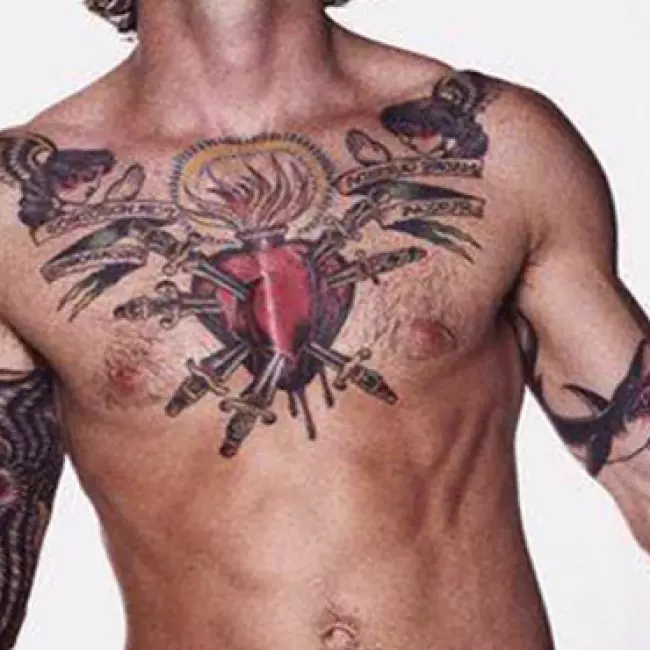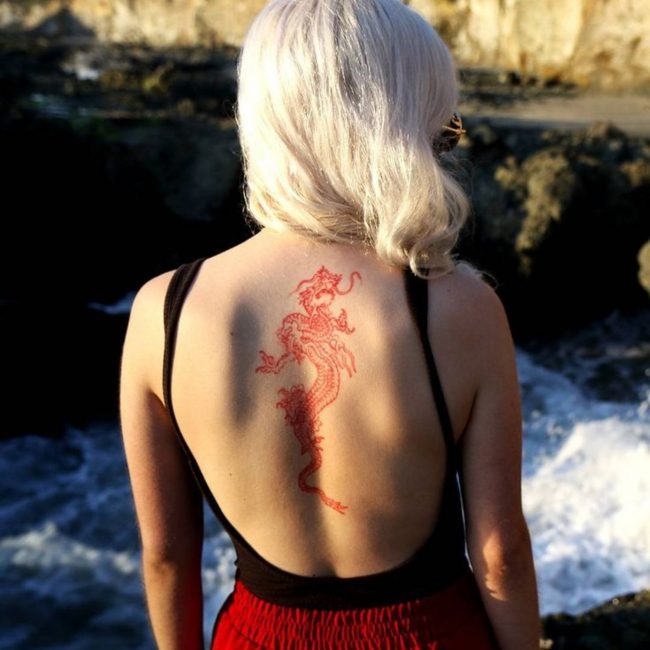How Has Perception of Tattoos Changed Over Time?
Since ancient times, people have adorned their bodies with various ornaments, patterns, and symbols. Just like cave drawings, tattoos emerged thousands of years ago. Currently, the practice is quite widespread all over the globe. It is noteworthy, though, that this phenomenon originated separately on each of the five continents. Their inhabitants did not have an opportunity to contact with one another and, therefore, couldn’t share their skills and knowledge. Hence it follows that the desire to decorate one’s body is universal for all humans, irrespective of their race and age.
For a long time, the Christian church in Europe had regarded tattoos as pagan symbols and punished their bearers most severely. In fact, the punishment was so radical that the Europeans had to forget about tattoos until the 18th century when the influence of the church decreased. If you want to know more on the subject, you can buy essay online and get some valuable insights into the history and practice of tattooing.
New Era of Tattoos
A new milestone in the history of tattoos came thanks to their most avid admirers – sailors. In 1773, the word “tattoo” was introduced into the English language by the prominent English traveler James Cook, who returned from an expedition to the island of Tahiti (Polynesia). The famous captain brought with him a native of Polynesia called Omaio. His body was covered in complex tattoo designs, and he became a real curiosity for Europeans. His participation in fairs and large-scale circus performances made the audience very excited.
During the emergence of estates in Western Europe, tattoos were often used to signify the type of activity their bearers were involved in (e.g. blacksmiths, weavers, millers, and many other artisans). However, it was sailors who were the main fans of tattoos. Being superstitious, they wanted the drawings covering their bodies to protect them during storms and ward off evil spirits. Sailors also traveled from one continent to another, thus contributing to the exchange of knowledge and skills between tattooists.
Tattoo Breakthrough
In 1891, an American called Samuel O’Reilly invented the electric tattooing machine. It brought about a genuine revolution in tattoo making. The machine greatly simplified and sped up the tattooing process, allowing tattoo artists to create really sophisticated drawings. Surprisingly, the new invention was rarely used, and tattoos were mostly hand-poked.
After being banned by the church, tattoo salons reopened all over Europe and people began to decorate their bodies with ornaments and symbols again. However, interest in tattoos began to gradually fade due to the lack of professional tools and new ideas. The choice of tattoo images was very limited, and it all came down to simple shapes and patterns that suited only a small segment of the population.
Tattoo Renaissance
A real tattoo boom began after World War II. Back then, TV and radio began to promote different ways of self-expression. The hippie era with its love of freedom, music, and life was about to begin. By that time, tattoo artists had honed their skills to such an extent that they were able to create real masterpieces. Lyle Tuttle, Don Ed Hardy, and Cliff Raven from California made a name for themselves by making really innovative tattoos.
In Europe, tattoos were considered suitable only for lower and upper-class representatives. They were also popular among soldiers, sailors, and prison inmates, but weren’t as fashionable with middle-class representatives. In 1969, the House of Lords in Great Britain discussed a bill banning tattooing of minors. Back then, about 40 percent of young criminals had specific tattoos, many of which were used for self-identification purposes.
Tattoo art got really popular in the early 1970s. For many young Americans, tattoos had a special meaning – they were no longer a form of social protest but an acceptable way of self-expression. The second generation of tattoo artists, such as Bob Roberts, Jack Rudy, and Jamie Summers, continued to uphold traditions of cutaneous adornment. Since the 1970s, tattoos have become a significant part of the contemporary fashion world, too.
In 1988, Arnold Rubin created a collection dedicated to tattoo history and called it Marks of Civilization. According to him, artistic, technological, and social changes in the late 20th century greatly affected the perception of tattoos. Tattoo bearers from middle and upper classes covered their bodies with tattoos to demonstrate their protest against traditional values. They no longer wanted simple drawings and went for full-body tattoos, much like they do in Polynesia and Japan. The development of tattoo culture led to the emergence of new artists, many of whom possessed specific technical and artistic skills.
Tattoo in Our Times
American researchers called tattoos an identification mark of the millennials. Tattoos are no longer associated with mystery and is a way of emphasizing their bearers’ personality. Tattoo machines are getting constantly perfected, causing the revival in the popularity of tattoos in many countries of the world, especially in Europe, Japan, North and South America. Also, many celebrities and movie stars are making tattoos more fashionable by covering their bodies with them.
There has been a fundamental change in the way tattoos are perceived in modern society. They are no longer a symbol of protest, nor do they signify belonging to the underworld. It was found that tattoos are able to send specific messages, making men mistakenly perceive girls with tattoos as more sexually active.
In many countries, women wishing to get a tattoo far outnumber men. In 2013, Theresa Vail became the first participant of the Miss America pageant to demonstrate a tattoo during the swimsuit competition. Recently, several lawsuits have been filed in the US regarding tattoos as a type of copyrighted art. However, they were either settled out of court or are currently under investigation. Therefore, there has been no judicial precedent related to this issue yet.
To sum up, the tattoo has long ceased to be a subcultural phenomenon and become a part of mainstream culture. At the same time, it continues to have a particular meaning. Many young people tend to capture some significant events in their lives with its help. Today, it is impossible to surprise somebody with tattoos. In fact, tattoos are no longer used as a distinguishing mark. The important thing is that such a body intervention does not cause any health-related problems.



